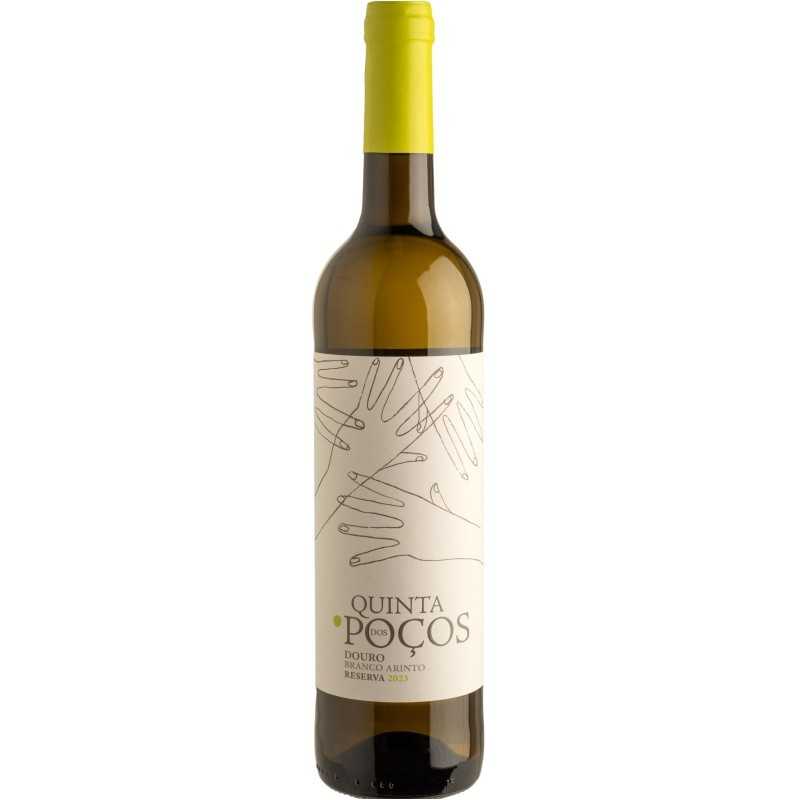- Ny



Quinta dos Poços Reserva hvidvin
Quinta dos Poços Reserva hvidvin har en frisk, frugtagtig smag med aroma som æble og citronfrugter. I munden er det meget frisk med volumen og surhed. Mineraler, ristede dufter og friskhed. Drik med fisk, skaldyr eller hvidmælk.

Security policy

Leveringspolitik

Returneringspolitik
Quinta dos Poços Reserva hvidvin
Quinta dos Poços Reserva hvidvin har en frisk, frugtagtig smag med aroma som æble og citronfrugter. I munden er det meget frisk med volumen og surhed. Mineraler, ristede dufter og friskhed. Drik med fisk, skaldyr eller hvidmælk.
Produktinformation